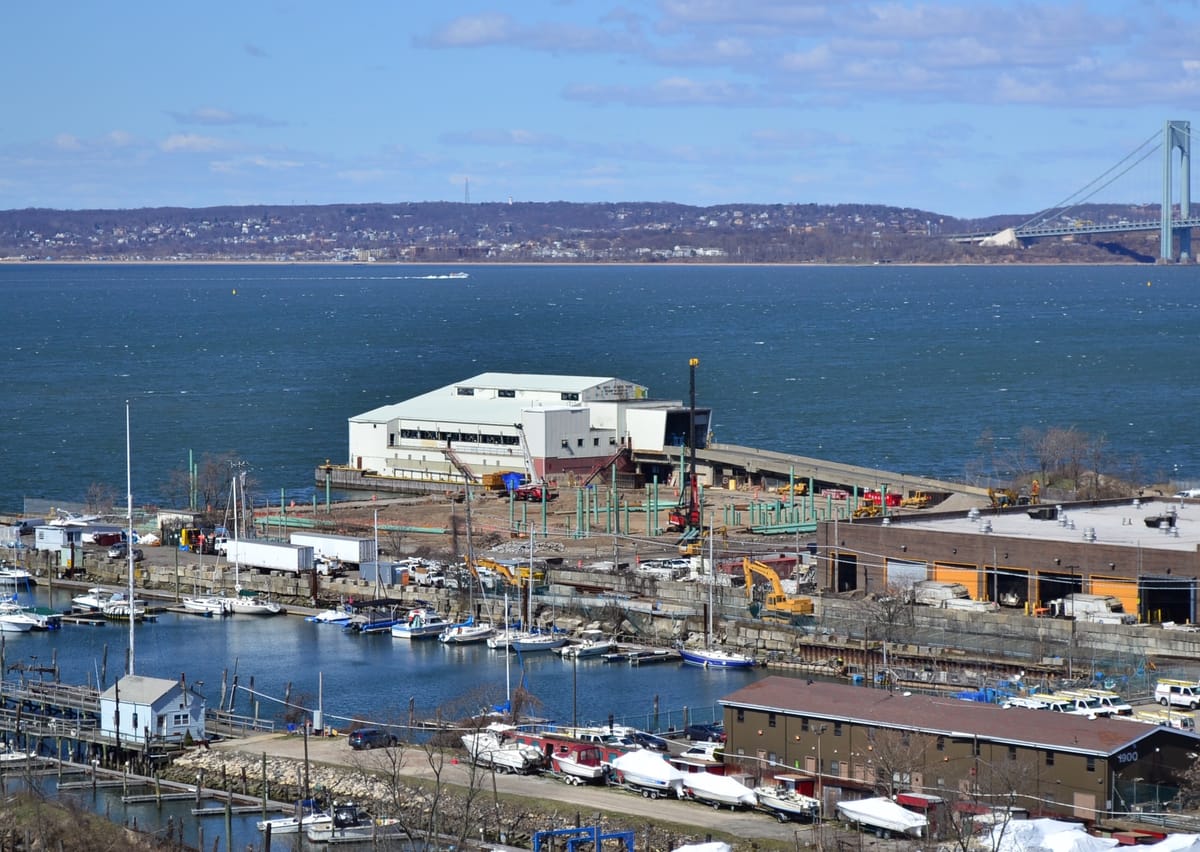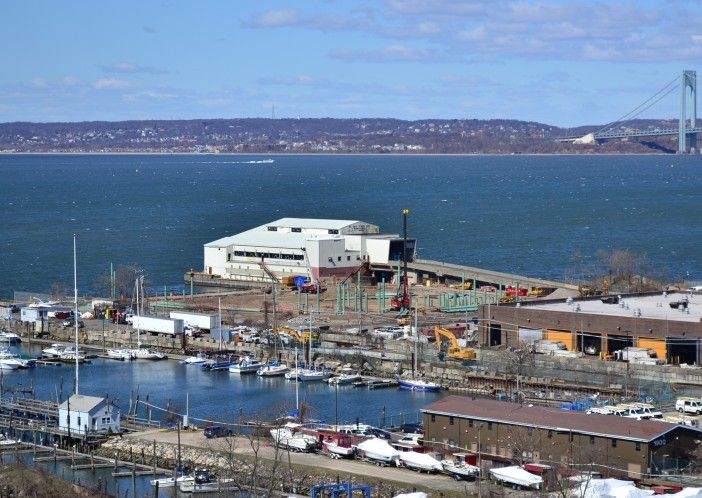Gentile Calls On EPA To Make Waste Transfer Station A Superfund Site


Councilman Vincent Gentile is joining the chorus of voices calling for the Environmental Protection Agency (EPA) to investigate the construction site of the city’s planned Gravesend Bay Waste Transfer Station.
Last week, Gentile penned a letter to New York City’s EPA branch, calling for the agency to conduct a preliminary assessment and consider prioritizing the area as a Superfund.
The councilman first raised the idea of making the area a Superfund site at a forum last spring, during his run for 11th Congressional District seat. Gentile vowed that, if elected, he would halt construction operations immediately and would consider making the area a Superfund. Thought he wound up losing the election to former Staten Island district attorney Daniel Donovan, Gentile has apparently not forgotten that promise.
In the letter, the councilman highlighted concerns that construction at 400 Bay 41st Street is dredging up toxic substances found at the site, possibly deposited by a city-operated garbage incinerator that once operated there:
The site was used for an incinerator for over three decades. The burning of many different types of waste generated a multitude of toxins, including mercury, chlordane, and mirex, that remain in the ashes at the bottom of the site today. The smoke from the substances was enough to cause reports of increased asthma and cancer rates as well as other health conditions in the immediately surrounding residences, and so there is already evidence of the negative impact of these chemicals. What’s more, there are potentially active shells at the site from a munitions ship that capsized there in 1954.
We are at risk for the chemicals left by the incinerator being disseminated throughout New York City waters should the shells explode.
I bring your attention to 400 Bay 41st Street now because there is active construction going on to convert the site into a marine waste transfer station. The conversion process would require dredging, and thereby heavily risk the displacement and dispersal of toxic substances as well as the destructive and further dispersing effects of the explosives should they be detonated by the dredging. Before any further construction occurs, my constituents and I need to be assured that the area is safe from harmful substances.
Gentile originally voted in favor of building the waste transfer station in City Council in 2006, but has since changed his tune, saying that he was not aware of the dangerous chemicals in the area at the time. Had he known of the toxins, he would have voted against the plan, he said.
Superfunds, which are among the government’s more complicated environmental cleanup programs, identify the polluters and force them to pay for the cleanup.
At the forefront of the fight against the waste transfer station is Assemblyman William Colton, who has been waging a years-long legal battle against the city project. Recently, the assemblyman set up a Neighborhood Watch group and hotline for neighbors to call and report violations at the construction site. Last week, he also called on the EPA to investigate the site of the trash facility, providing photos and video of construction-related debris that had washed into Gravesend Bay.



